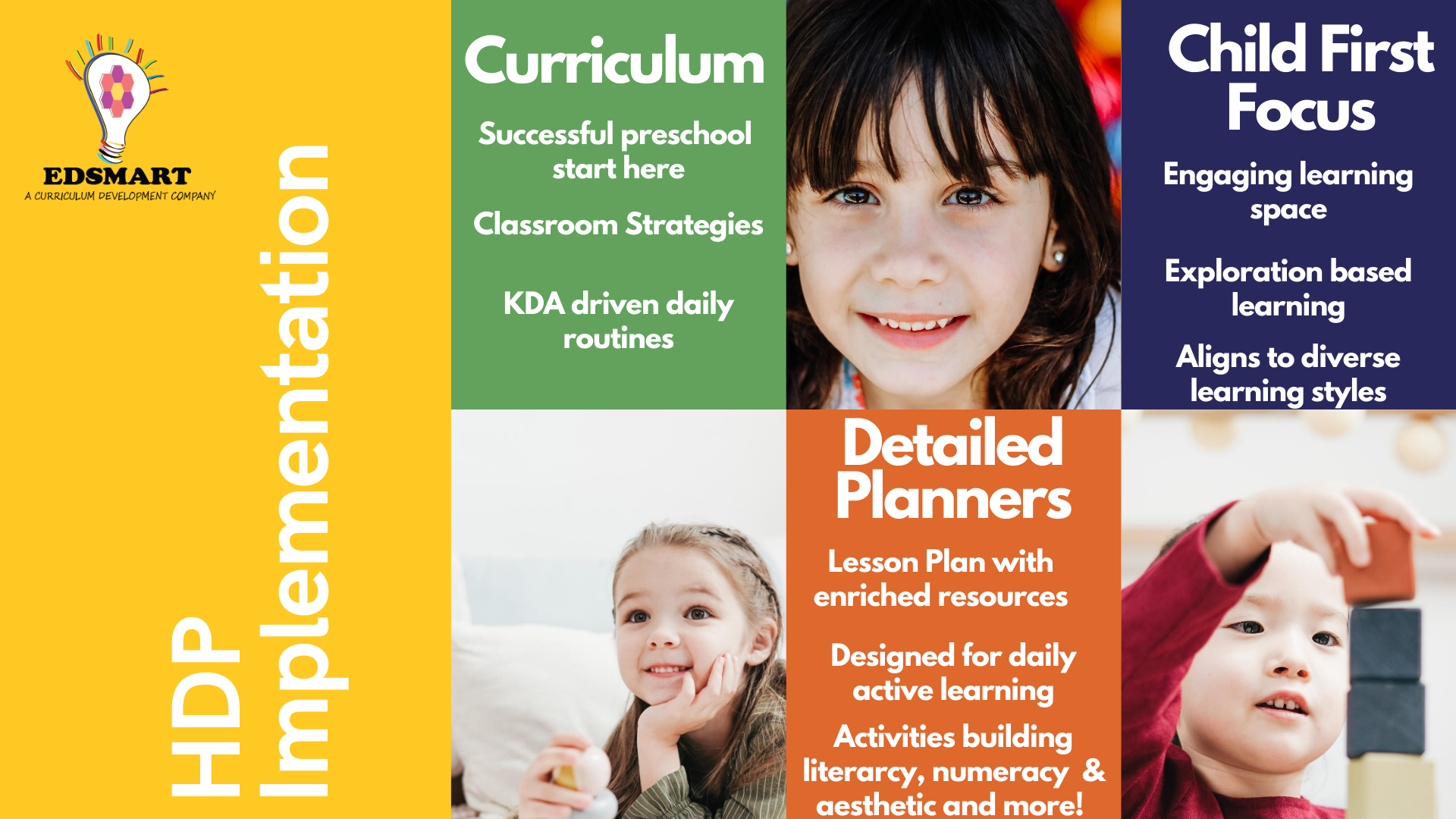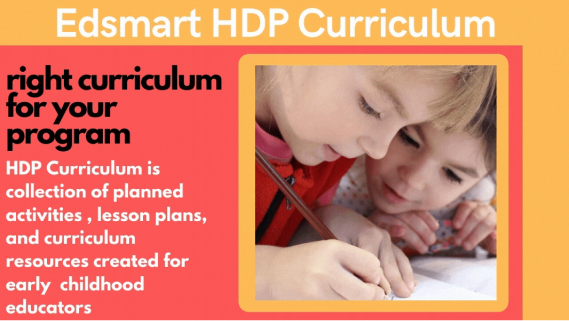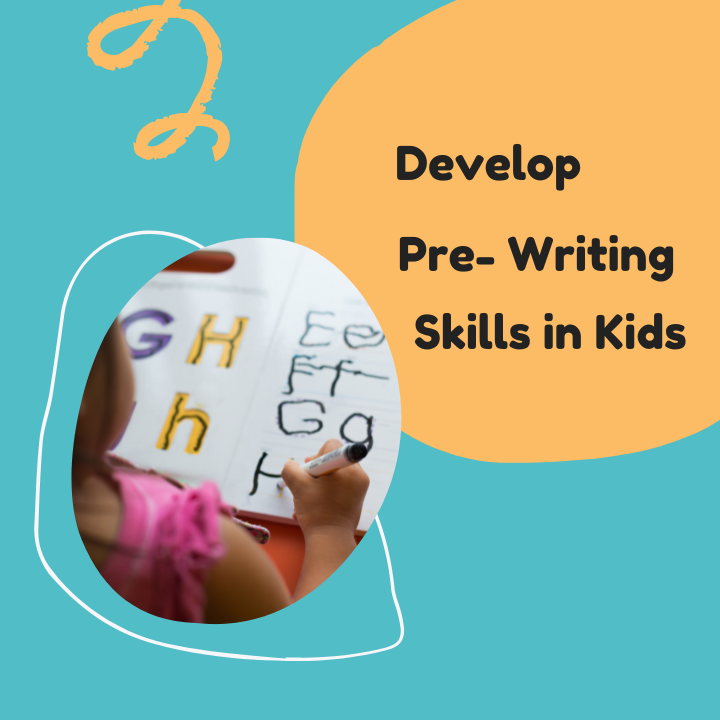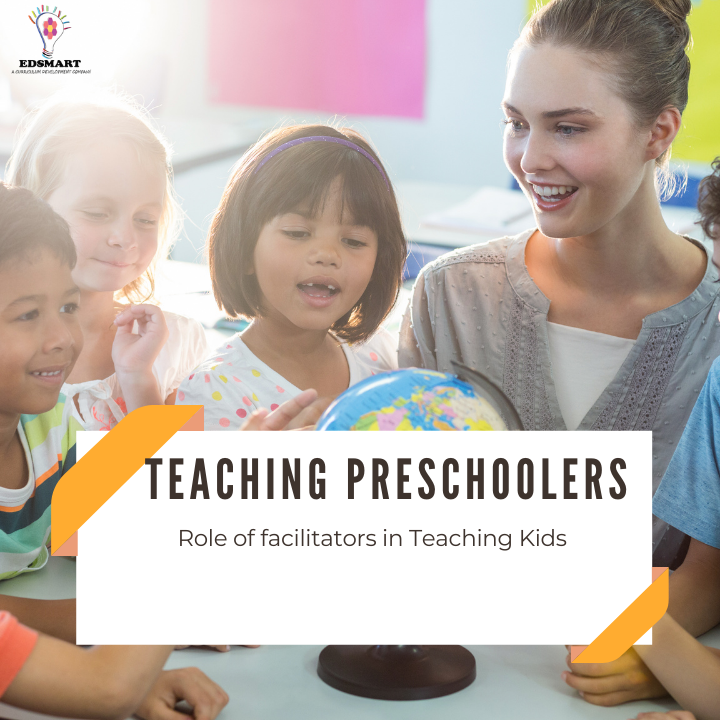Preschool early learning: Prewriting and early writing skills
First is always special. As parents we always remember the first steps of our baby, we also happily recollect the first words because we feel these are important milestones of growing. First letters written by a child are also of extreme significance. Early writing skills embark his/her journey into a new cognitive world. Now he/she can express on paper. This is indeed an important signpost of growing. We know that mothers have a constant eye on the weight and height to ensure proper growth. Similarly, it is essential to keep a track of age-appropriate writing skills too.
Before acquiring writing essentials, a child starts to develop prewriting skill. Toddlers develop some fundamental skills which form the basis for writing. Holding of a pencil, crayon, or any writing material, able to scribble strokes, copy lines and patterns or colour anything are all various forms of developing prewriting skills. Such resources must be provided to children to understand their readiness towards writing. Once they start copying patterns and shapes, they move on to writing letters and numbers. This is the beginning of acquiring early writing skill. All this happens sequentially with age, time, and practice.
Prewriting and early writing skills are clear indicators of hand and finger strength and hand dominance. Kids may use their left or right hand depending on their brain stimulation. Their visual perception improves as they learn to write what they see. Their eyes guide their hand for proper pattern copy strengthening hand and eye coordination. These factors contribute towards enhancing their motor skills and they develop an interest in writing.
Now, as parents, how can we contribute to enhancing this?
- As first teachers, we can surely do our bit.
- Provide your child with different and colourful writing materials and place it within his visibility. So, he can ask for it more frequently he sees it.
- Draw some simple shapes and patterns and allow them to copy.
- Use sand, mud, pebbles, clay moulds to make them understand letters and numbers.
- Try to inculcate writing skills through activities rather than verbally emphasizing on them.
There are few actions which can be avoided as well
- Do not push them for writing all the time. Allow them to take play breaks.
- Be vigilant about which hand they are comfortable writing. Do not push them for any specific hand. They must be guided to use only one hand though.
- Be patient as they display their creativity. Let them draw what they perceive. Do not force them to copy.
At times, some situations ask for a professional help. If your young learner refuses to write at all or is unable to hold a pencil, it is a matter of concern. It is better to ask for early help if child fails to remember the shapes after several attempts or draws mirror images of letters or numbers. Every child has pace and a space of learning which must be granted to them.
To help parents help their children, Edsmart comes to rescue. Edsmart has crafted a series of early writing books for new writers. Edsmart ‘s early writing series contains combo of 4 books that are richly illustrated and engaging for developing early writing and reading skills. The book set includes prewriting pattern tracing, capital letters, small letters and numbers 1-10 tracing and writing. This book combo helps children to develop the prewriting skills.
Early writing skill is an inevitable foundation of their educational journey. Encourage them with kind words and allow them to explore. A child’s imagination is truly his USP.
Blog related to this item
Know more about Edsmart Books
Created by Expert Teachers and Educators
Content of Edsmart Books are created by industry experts who are passionate about teaching

Child First Focus
Edsmart products are always designed having child as the focus and their holistic development
Age Appropriate
Edsmart products aligns to International Key developmental Areas, which are proven for age appropriate and parents can be rest assured about the learning journey of your child.
Parents who viewed this item also viewed
Subscribe to Our Newsletter
Get exclusive discounts and latest news delivered to your inbox for free!


 (9).png)
 (8).png)
 (6).png)
 (5).png)
 (4).png)
 (2).png)
 (1).png)
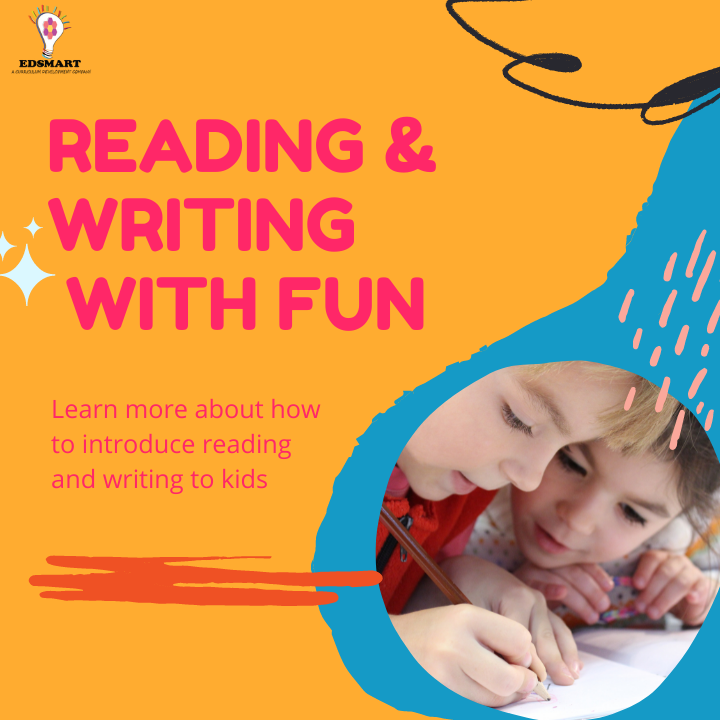
.png)
.png)
